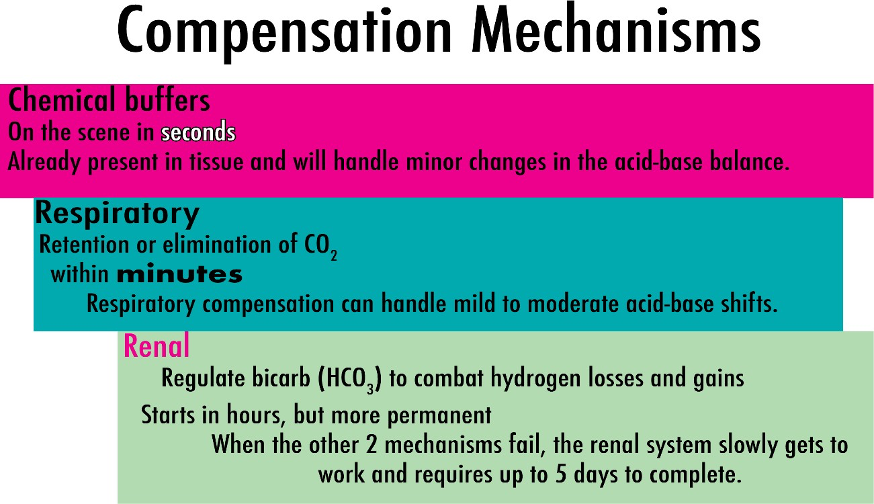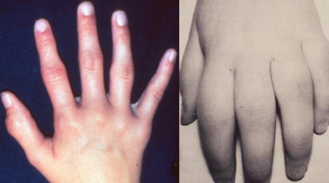A 6-year-old patient who has been placed in skeletal traction has pain, edema, and fever.
The nurse should assess which of the following?
Neurologic status
Range of motion of all extremities
Warmth at site of pain
Blood pressure
The Correct Answer is C
In the given scenario, the 6-year-old patient in skeletal traction is experiencing
pain, edema, and fever. These symptoms raise concerns about the possibility of an infection
at the site of traction. In such cases, the nurse should assess for warmth at the site of pain.
Increased warmth can indicate inflammation, which may be associated with infection. This
assessment finding would require further investigation and intervention, such as notifying the
healthcare provider and obtaining appropriate cultures or imaging studies.
Neurologic status in (Option A) is incorrect because assessing neurologic status, is important
but not the priority in this scenario. Neurologic status assessment is typically performed to
evaluate any neurovascular compromise resulting from the traction, but the presence of pain,
edema, and fever suggests a potential infection that requires immediate attention.
Range of motion of all extremities in (Option B) is incorrect because assessing the range of
motion of all extremities, is not directly relevant to the given symptoms and should not take
priority over assessing for warmth at the site of pain.
Blood pressure in (Option D) is incorrect because assessing blood pressure, is not directly
related to the symptoms of pain, edema, and fever in the context of skeletal traction. While
blood pressure is an essential vital sign, it does not provide specific information about the
potential infection at the site of pain in this situation.
Nursing Test Bank
Naxlex Comprehensive Predictor Exams
Related Questions
Correct Answer is B
Explanation
The regulation of acid-base balance in the body involves multiple systems working together. The respiratory system, renal system, and chemical-buffering systems play key roles in maintaining the balance of acids and bases in the body.
The respiratory system helps regulate acid-base balance through the control of carbon dioxide (CO2) levels in the blood. By adjusting the rate and depth of breathing, the respiratory system can increase or decrease the elimination of CO2, which affects the pH of the blood.
The renal system (kidneys) plays a crucial role in regulating acid-base balance by controlling the excretion and reabsorption of hydrogen ions (H+) and bicarbonate ions (HCO3-) in the urine. The kidneys can excrete excess acids or bases to help maintain the body's pH within a normal range.
The chemical-buffering systems involve various chemical compounds in the body that can absorb or release hydrogen ions to help maintain pH balance. Examples of chemical buffers include bicarbonate ions (HCO3-), phosphate ions (HPO4-), and proteins.
the cardiovascular and integumentary systemin (option A) is incorrect because they, are not primarily responsible for regulating acid-base balance in the body.

Correct Answer is B
Explanation
Juvenile arthritis should be suspected in a child who exhibits joint swelling and pain lasting
longer than 6 weeks. Juvenile arthritis refers to a group of chronic inflammatory conditions
that affect the joints in children and adolescents. Persistent joint swelling and pain are
common symptoms of juvenile arthritis and are often accompanied by other signs such as
morning stiffness, limited range of motion, and joint warmth.
, frequent fractures in (option A) is not correct because it, is not typically associated with
juvenile arthritis. Fractures are more commonly associated with conditions affecting bone
strength, such as osteoporosis or certain genetic disorders.
lurching and abnormal gait with limited abduction in (option A) is not correct because it,
may be seen in certain musculoskeletal conditions or hip joint abnormalities, but it is not
specific to juvenile arthritis.
increased joint mobility in (option D) is incorrect because it, is not typically associated with
juvenile arthritis. In fact, joint stiffness and limited range of motion are more characteristic of
this condition.
Whether you are a student looking to ace your exams or a practicing nurse seeking to enhance your expertise , our nursing education contents will empower you with the confidence and competence to make a difference in the lives of patients and become a respected leader in the healthcare field.
Visit Naxlex, invest in your future and unlock endless possibilities with our unparalleled nursing education contents today
Report Wrong Answer on the Current Question
Do you disagree with the answer? If yes, what is your expected answer? Explain.
Kindly be descriptive with the issue you are facing.

